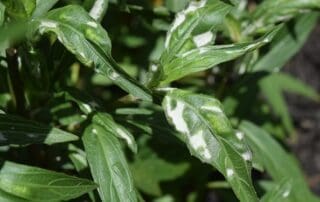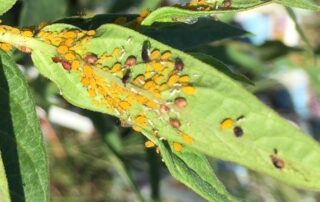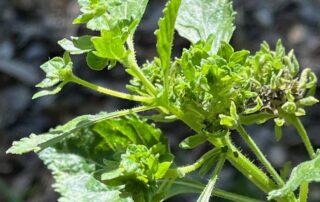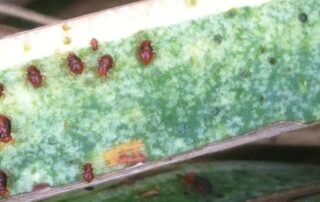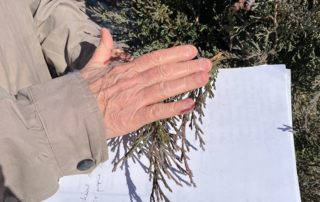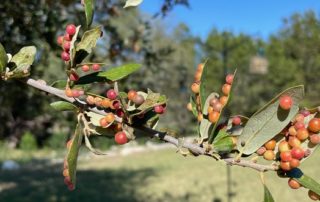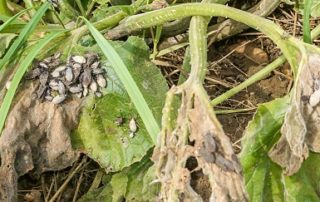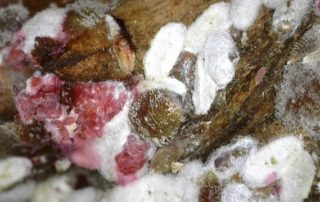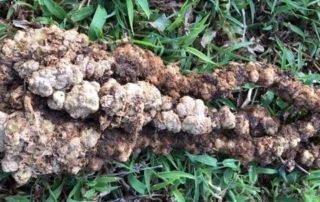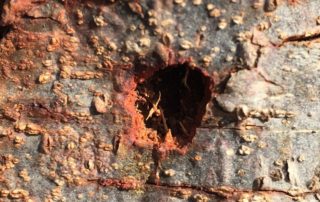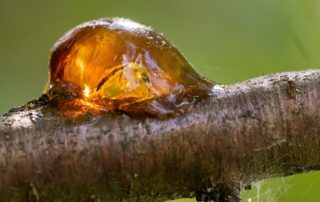My Ruellia is Fuzzy
What is that white "fuzz" on my Mexican Petunia? The first thing you should check for is mealy bugs. They are known to infest Ruellia and can be difficult to control. If you do find mealy bugs on your Ruellia it is best to trim the plants back hard, bag the clippings and seal the bags before disposing them. If the temperatures are between 45°-85°F you can spray them will All Seasons Oil after new growth appears. Consult labels on other products to [...]

